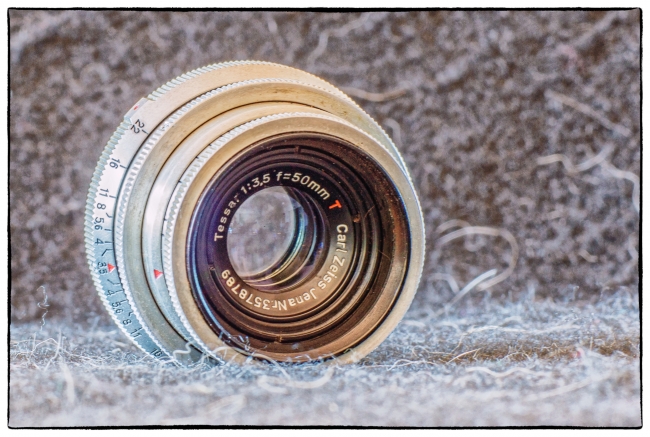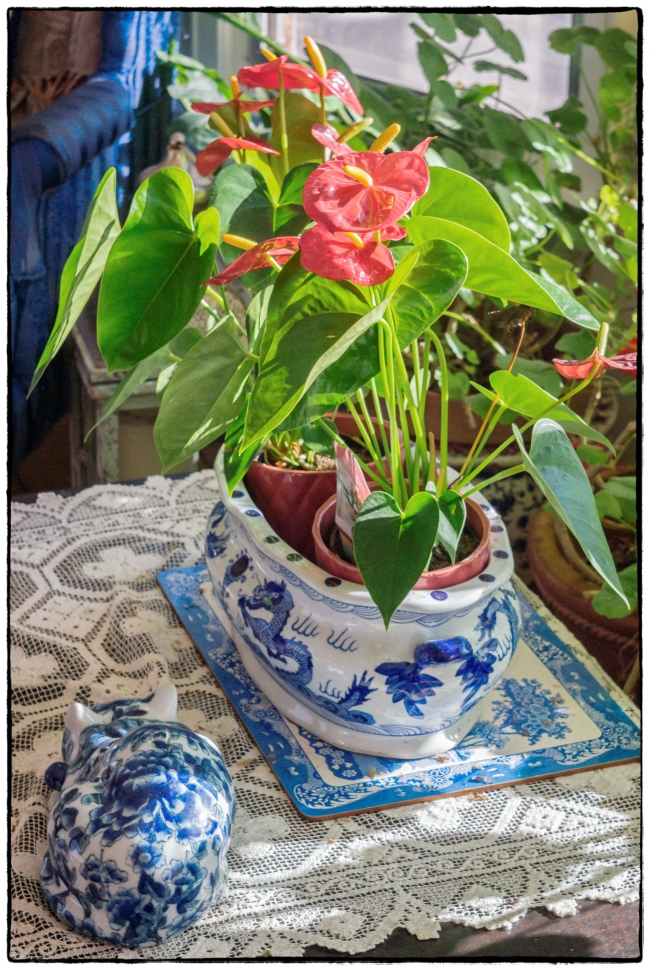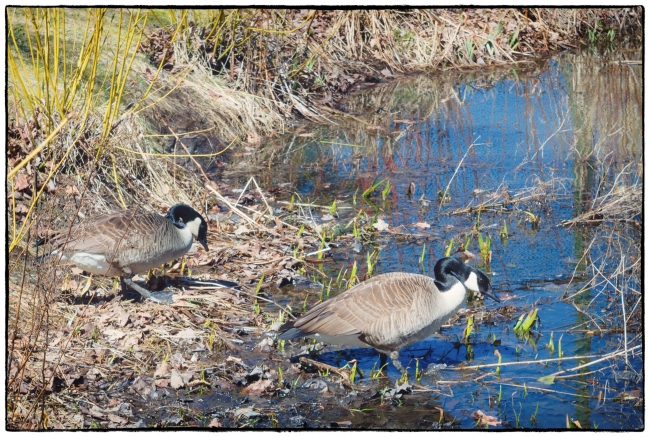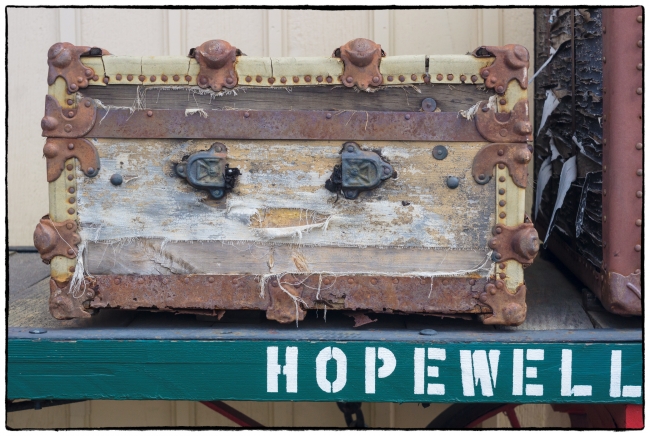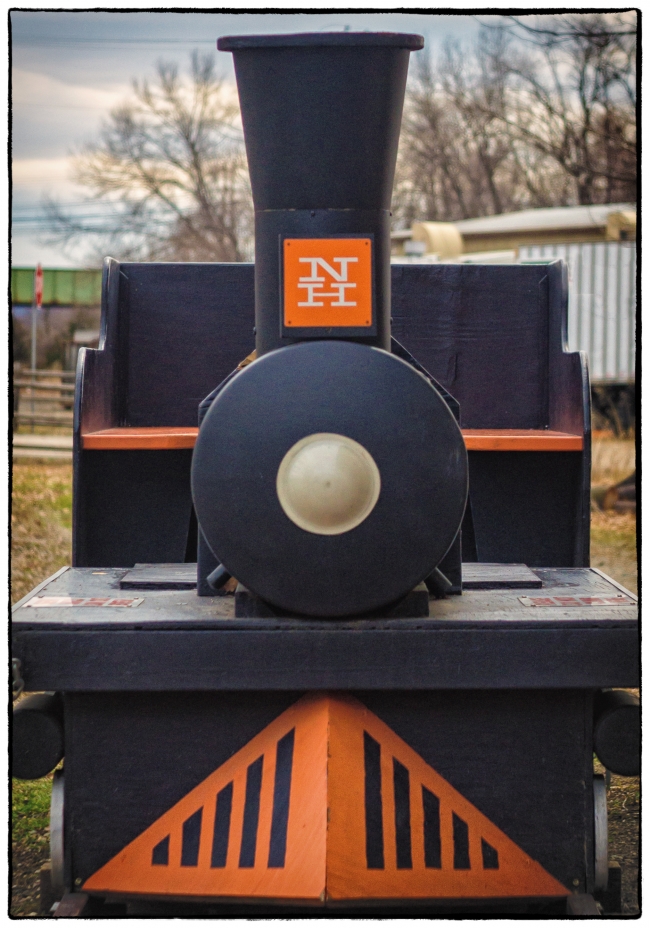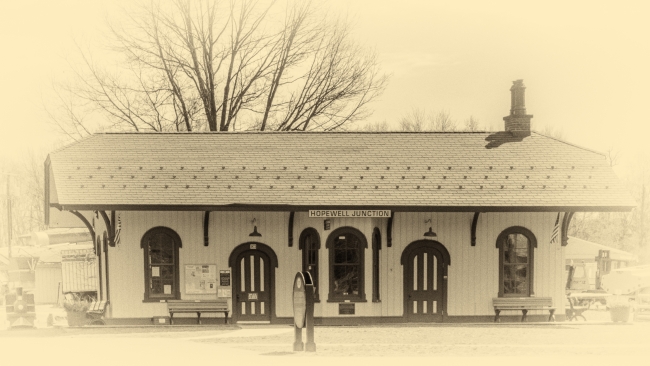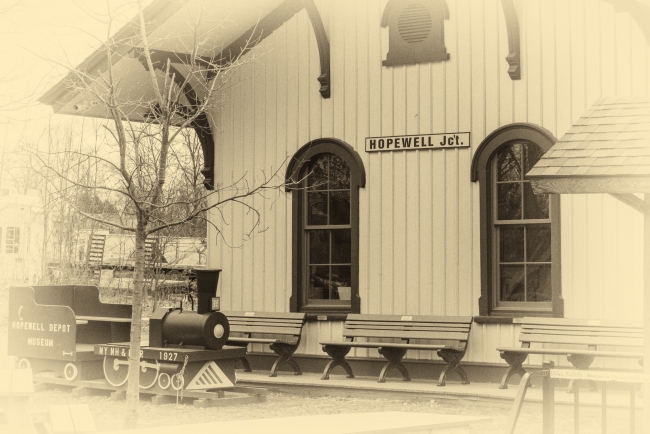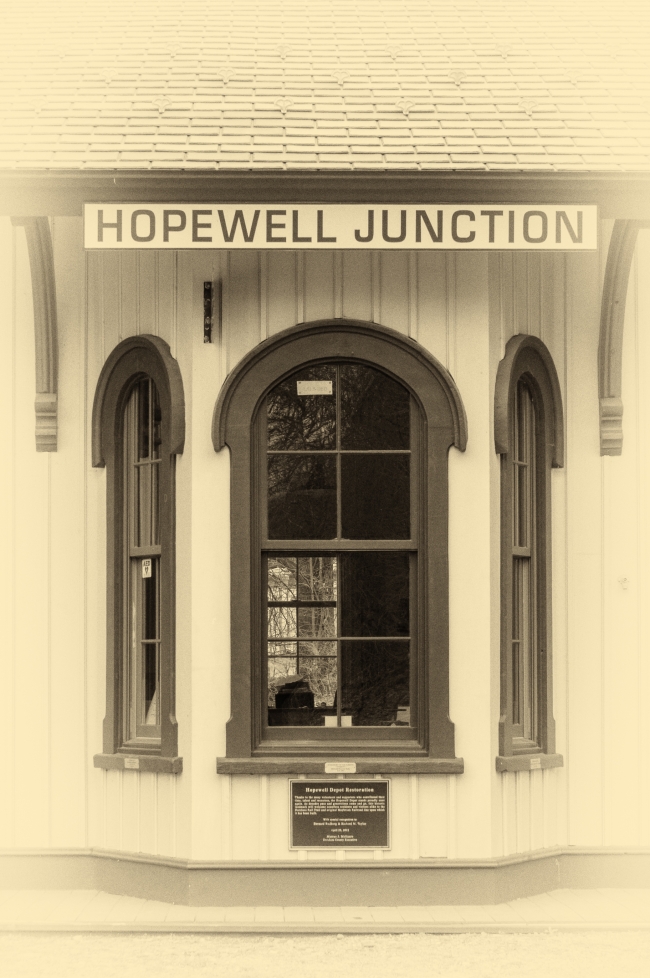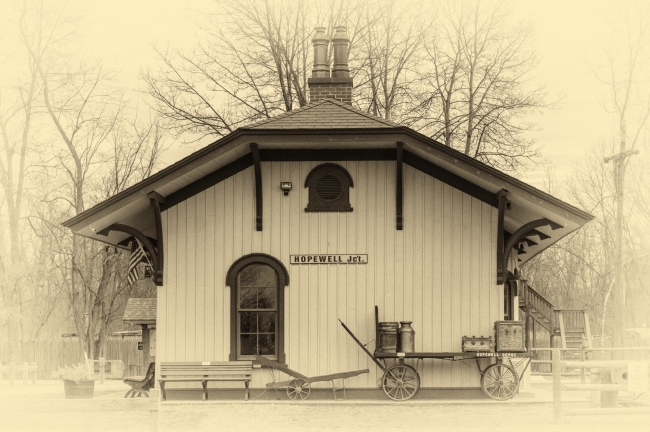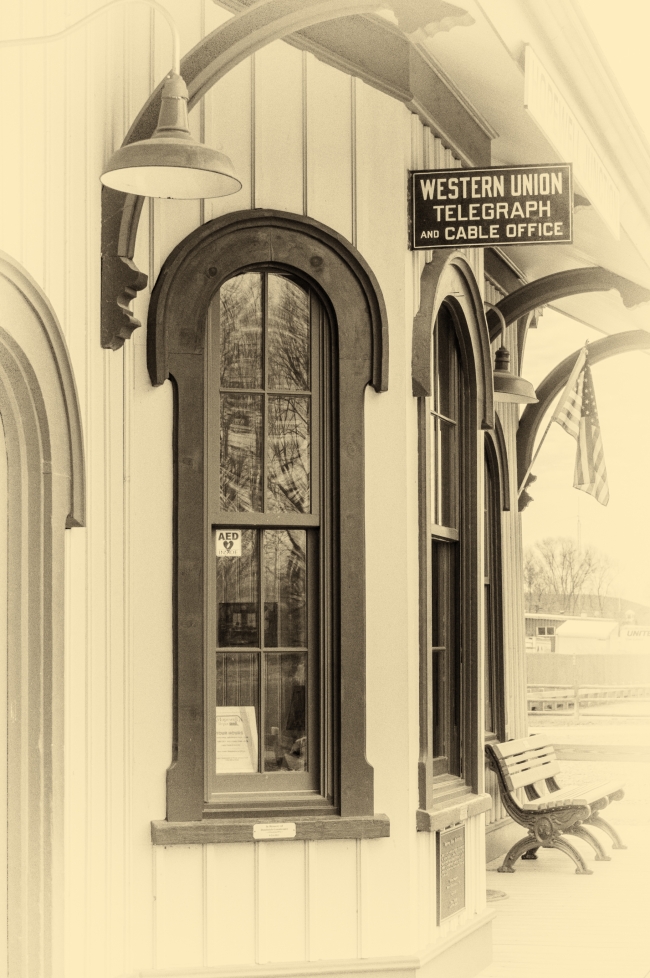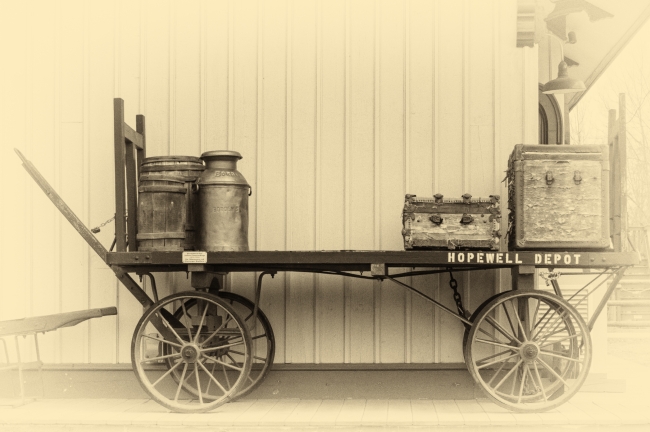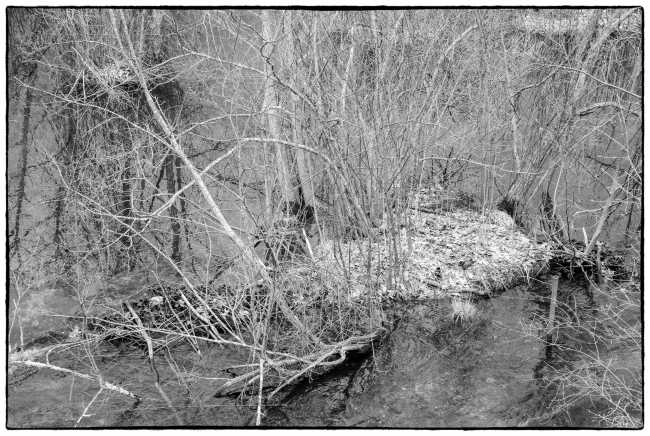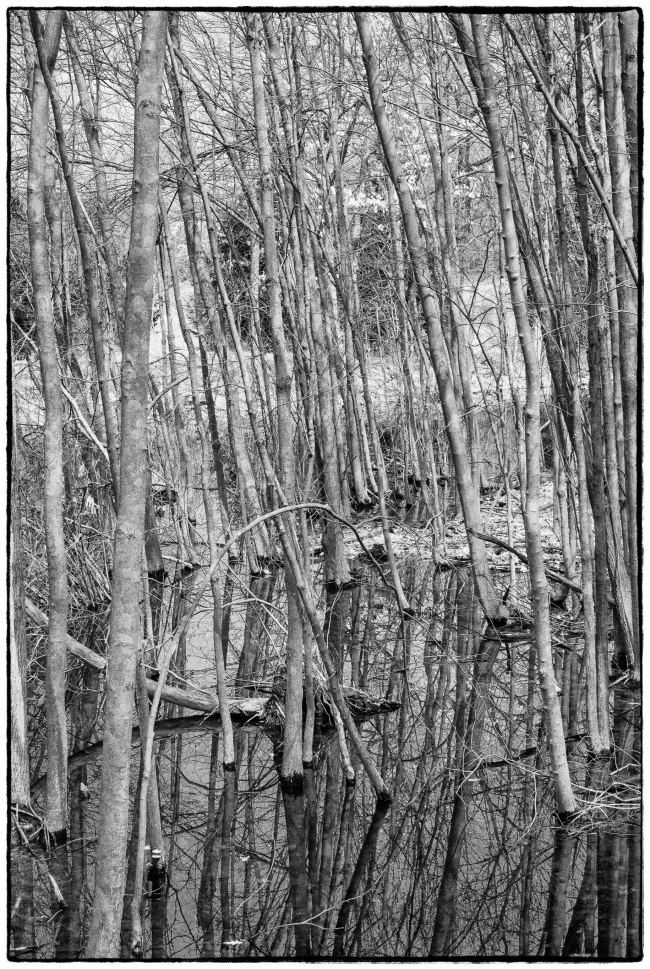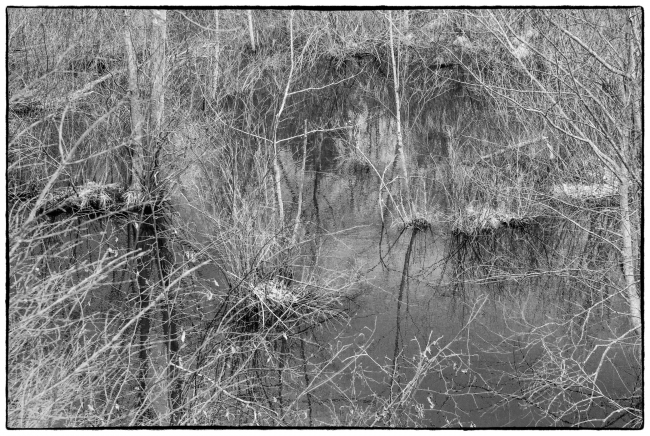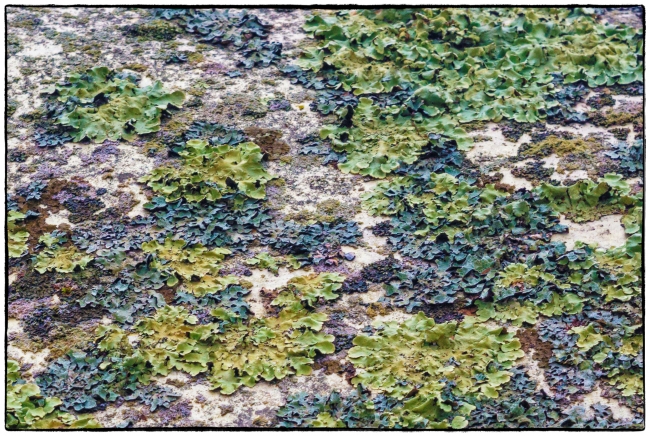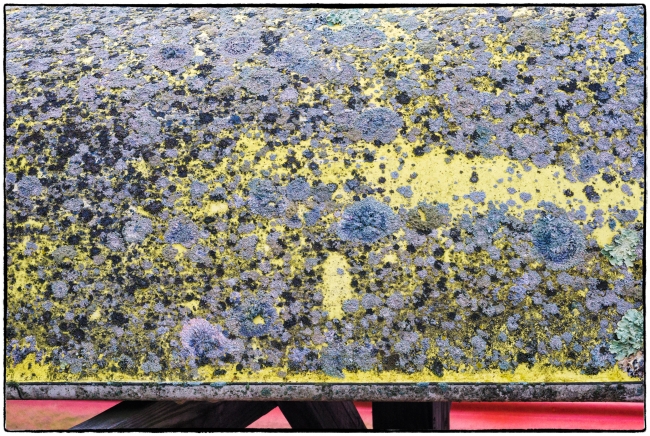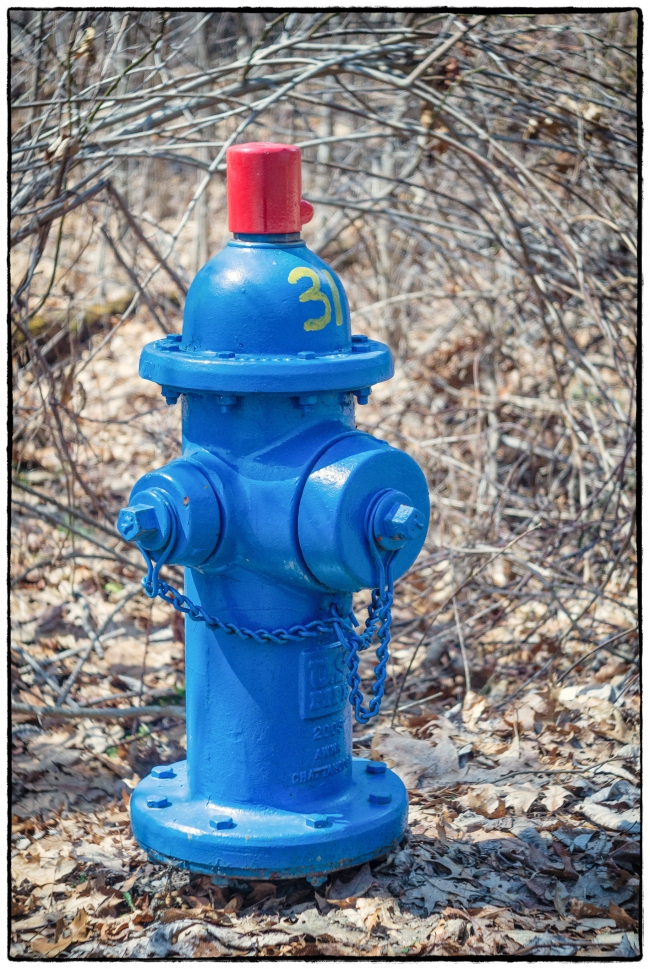This came attached to an Exa (See:New Acquisitions – Exakta Varex/VX IIa and Exa August 10, 2015) that I acquired in 2015, but had never used. I decided to give it a try right after I had tried out the Ludwig Peronar I mentioned in an earlier post (See: Ernst Ludwig 50mm f2.9 Peronar). The two lenses are very similar, both in appearance and in size. But in most other respects they are light years apart. Where the peronar was extremely soft and difficult to focus, the Tessar is remarkably sharp.
It’s a solid, metal lens with four elements in three groups. Quite small (of course the adapter for the NEX makes it much larger. I’d guess about twice as large), it focuses down to about two and a quarter feet. It’s comfortable in the hand and smooth to focus. Apertures range from f3.5 to f22 without defined stop intervals. I also found the out of focus areas to be appealing and was impressed by the color rendition.
I really liked this lens. It’s still on my NEX.
Taken with the above lens on a Sony NEX 5N.
Arthurium and blue and white cat.
Geese.
Old Trunk.
Model Locomotive.
For other posts related this lens see:
Hopewell Junction Depot
Vernal Pond
Lichen
Blue and Red Hydrant
First Day of Spring

